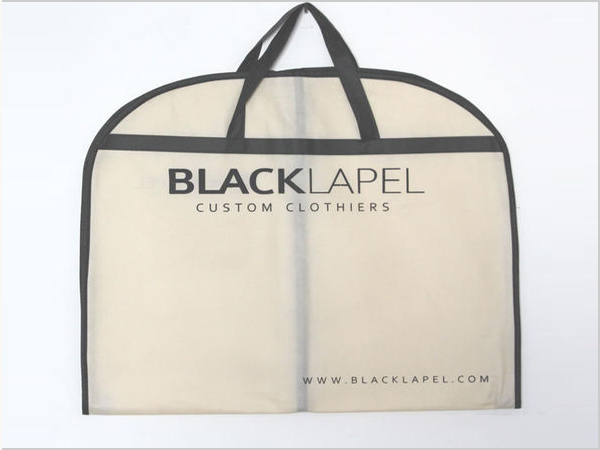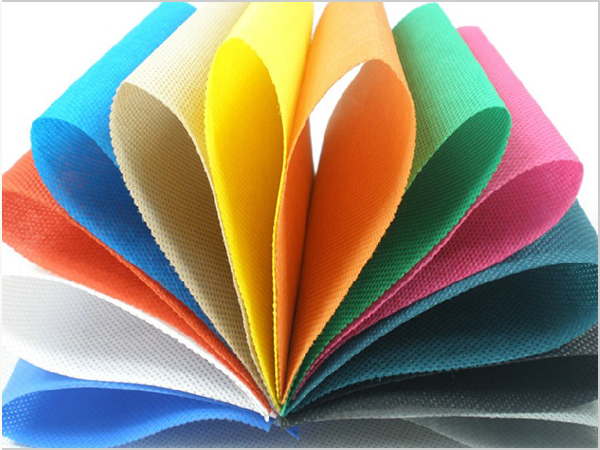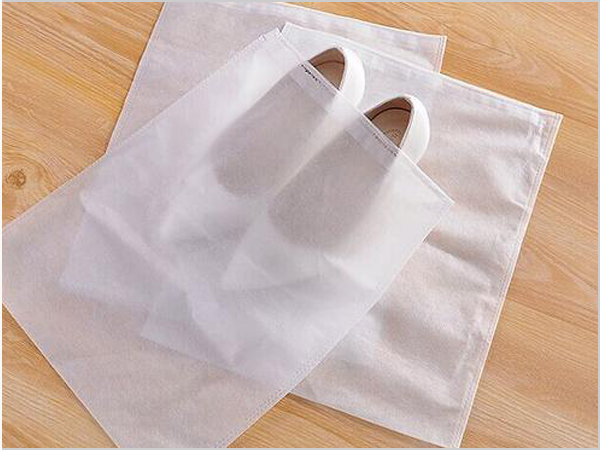- Xiangshuo has stood out in the field of spunbond nonwoven fabrics!
- How should enterprises respond to the impact of repeated tariffs
- PP non-woven fabric is a new type of environmental protection material!
- Under the tariff challenge, the textile and garment industry has a new opportunity
- Spunbonded non-woven fabric is an efficient, multi-functional modern material!

- Telephone: 0551- 66779966
- Cellphone: 18955130444
- Email: 58792982@qq.com
- Address: Building 1-2, East of Wubu Village Section, Hehuai Road, Wushan Town, Changfeng County, Hefei City, Anhui Province
First, the development of non-woven textile industry
As of 1998, non-woven consumption in the world has reached 2.4 million tons. In 1970, its consumption is only 400,000 tons, and by 2007, its consumption is expected to reach 4 million tons. Non-woven producers are mainly concentrated in the United States (41% of the world), Western Europe account for 30%, Japan accounts for 8%, and China's production only accounts for 3.5% of the world, but its consumption is 17.5% of the world. In 2018, China's non-woven production was 59.322 million tons, accounting for 37.91% of the world, and the world's first production capacity.
Artificial fibers still dominate the production of non-woven fabric, and in 2007, this situation will not have a big change. 63% of the fibers used in non-woven fabrics in the world are polypropylene, 23% are polyester, 8% is viscose, 2% is acrylic fibers, 1.5% is polyamide, and the remaining 3% is other fiber.
Non-woven fabric is significantly increased in sanitary absorbing materials, medical use, transportation, and shoe use of textile materials.
Second, non-woven fabric production and consumption
The global non-woven consumption is 800,000 tons in 1983, and by 1985 increased to 1.4 million tons, 1988 was 1.4 million tons in 1988. In 1998, the global non-woven consumption reached 2.4 million tons, and it is expected that In 2005, its consumption can reach 3.7 million tons.
The consumption of artificial fiber consumption for various textiles is 16.9 million tons in 1983 and increased to 20.4 million tons from 1988. It has reached 30.4 million tons in 1998. It is estimated that its consumption is 37 million tons, 2007 The year can reach 38.3 million tons.
The consumption growth rate of artificial fibers in non-woven fabric is expected to be 10% by 10% in 2005, and will reach 10.4% from 2007. Some of the reasons why non-woven industry consumption increased so fast is the increase in the auxiliary industries in China, Southeast Asia, Latin America and the Middle East.
Third, the factors affect growth rate of non-woven fabrics
All factors affecting the growth of artificial fiber can have a certain effect on the textiles of fabric with raw fiber, in which the nonwoven fabric has the greatest impact. Population growth factors affect nonwoven fabric than other textiles used for clothing classes. But if you take into account important applications in non-woven fabric in infant diapers, population growth is also an important factor. The natural fiber portion is replaced with a large influence on the textile, but the non-woven has little effect, because the production of non-woven fabric is basically depends on the artificial fiber.
Artificial fiber in commercial development and non-woven professional application: Due to the establishment of the international economic treaty, microfibers, composite fibers, biodegradable fibers and new polyester fibers have gain growth. This impact on non-woven fabrics is large, but the impact on clothing and knitted textiles is not large. Substituting textiles and other supplies: This includes non-woven textiles, knitted textiles, plastic films, polyurea foams, wood pulp, leather, etc. This is determined by the requirements of the cost and performance required by the product. Introducing new and more economical, more effective production processes: that is, the use of polymers, the application of competitive new nonwoven fabric and the introduction of special fibers and non-woven textile additives.
Three fibers for non-woven fabric production are polypropylene fibers (62% of total), polyester fibers (24% total) and viscose fibers (8% of total). Between 1970 and 1985, the application of viscose fibers in non-woven fabric production. The application of polypropylene fibers and polyester fibers in 2000-2005, the application of polypropylene fibers and polyester fibers in the field of health absorption materials and pharmaceutical fibers. In the early non-woven production market, nylon is used very much. Since 1998, the amount of acrylic fibers began to rise, especially in the field of artificial leather manufacturing.
There are many huge projects in various constructions in China, such as the Three Gorges Project, Xiaolangding Engineering, Environmental Engineering, Western Development, Infrastructure Construction, etc., which will greatly promote geotextile, filter materials, waterproof materials, packaging materials. consumption. In addition, the increase in domestic consumer income will also force various hygienic absorbent products and air filter materials, medical and health supplies and labor insurance products. Therefore, there is still a lot of growth potential in the future of China's non-woven fabrics.
- Xiangshuo has stood out in the field of spunbond nonwoven fabrics!
- How should enterprises respond to the impact of repeated tariffs
- PP non-woven fabric is a new type of environmental protection material!
- Under the tariff challenge, the textile and garment industry has a new opportunity
- Spunbonded non-woven fabric is an efficient, multi-functional modern material!
- By the wind of gold, silver and silver, Keqiao Textile set sail
- PP non-woven fabrics occupy an important position in many fields!
- Textile industry is tested How should textile people cope with such challenges?
- What is the production process of spunbonded nonwovens?
- How to achieve revenue growth driven by policy dividend and technological revolution?



